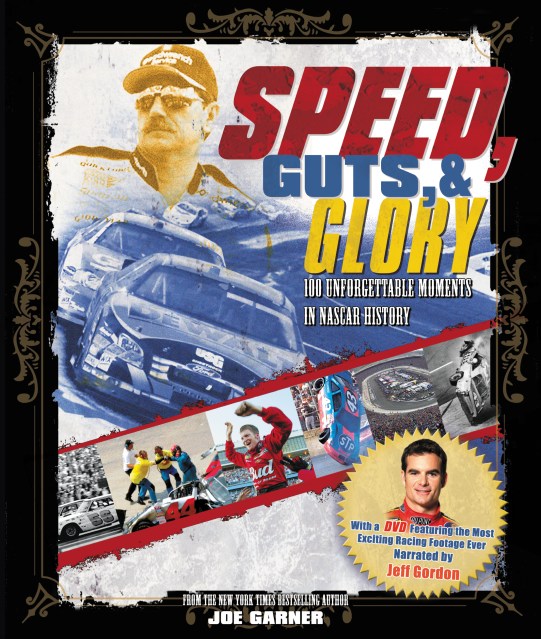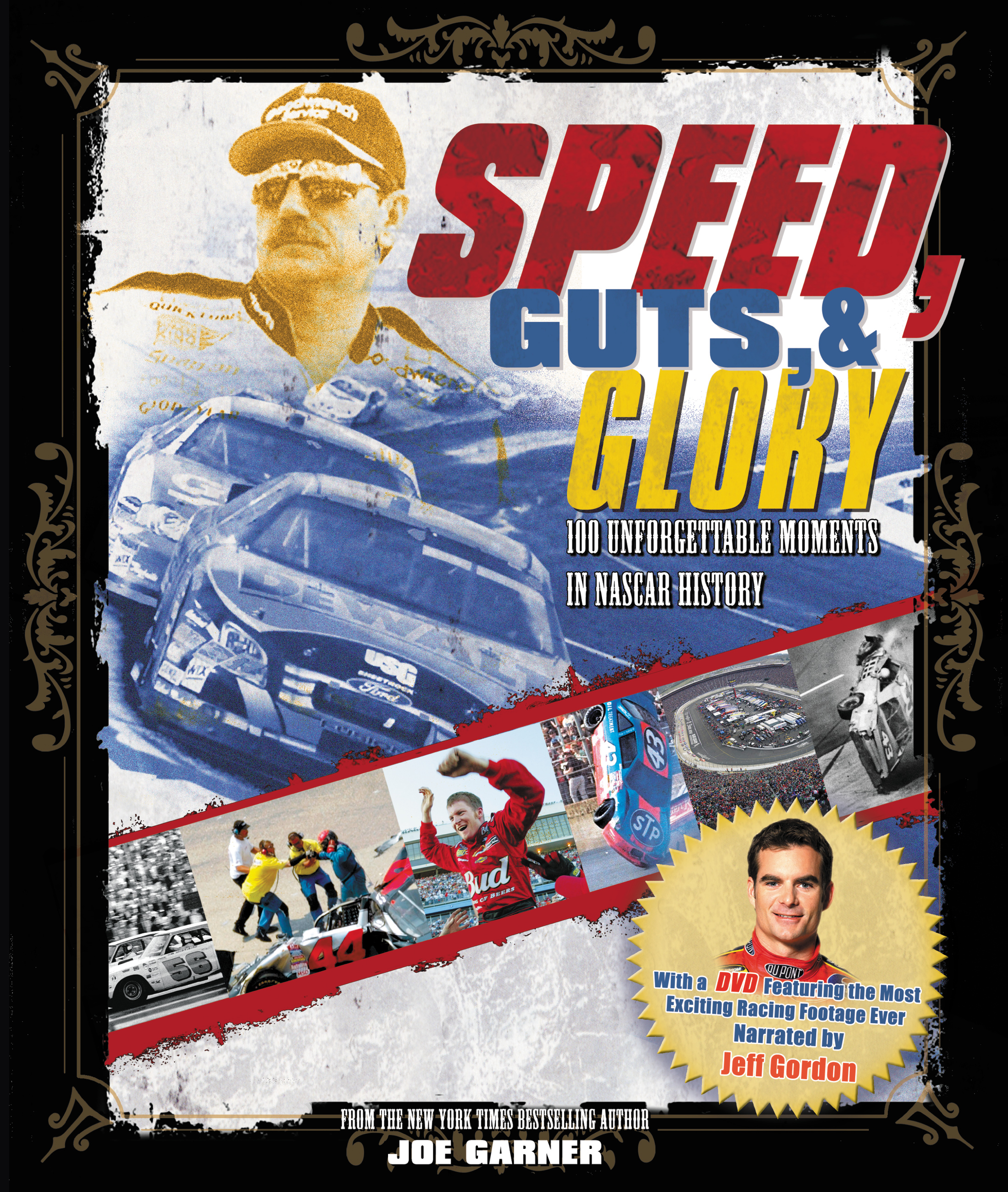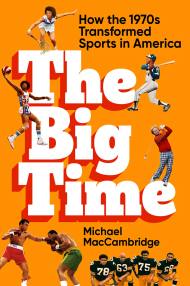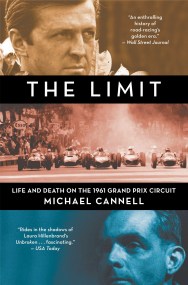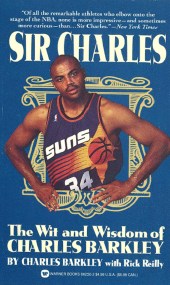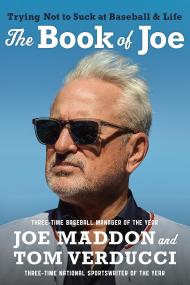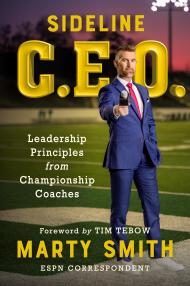Promotion
Use code MOM24 for 20% off site wide + free shipping over $45
Speed, Guts, and Glory
100 Unforgettable Moments in NASCAR History
Contributors
By Joe Garner
Formats and Prices
Price
$12.99Price
$16.99 CADFormat
Format:
ebook (Digital original) $12.99 $16.99 CADThis item is a preorder. Your payment method will be charged immediately, and the product is expected to ship on or around December 14, 2008. This date is subject to change due to shipping delays beyond our control.
Also available from:
New York Times bestselling author Joe Garner brings the sights, sounds, and thrills of NASCAR to vivid life in this authoritative and exciting book.
Stockcar racing is fast becoming America’s most popular spectator sport, and now bestselling author and broadcasting veteran Joe Garner captures the most important moments in NASCAR history, including:
Stockcar racing is fast becoming America’s most popular spectator sport, and now bestselling author and broadcasting veteran Joe Garner captures the most important moments in NASCAR history, including:
- Dale Earnhardt, Sr.’s triumphant Daytona 500 victory
- King Richard Petty’s 200th victory, with Ronald Reagan in attendance as the first president to attend a NASCAR event
- Jeff Gordon’s amazing dream season
- The closest finish in NASCAR history—a mere .002 of a second!
- Dale Earnhardt Jr.’s Daytona victory—on the one-year anniversary of his father’s death on the same speedway.
Genre:
- On Sale
- Dec 14, 2008
- Page Count
- 256 pages
- Publisher
- Grand Central Publishing
- ISBN-13
- 9780446554091
Newsletter Signup
By clicking ‘Sign Up,’ I acknowledge that I have read and agree to Hachette Book Group’s Privacy Policy and Terms of Use
